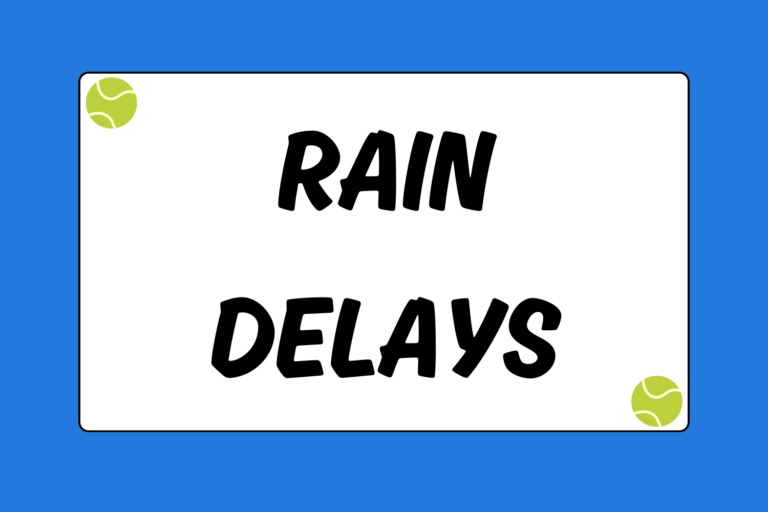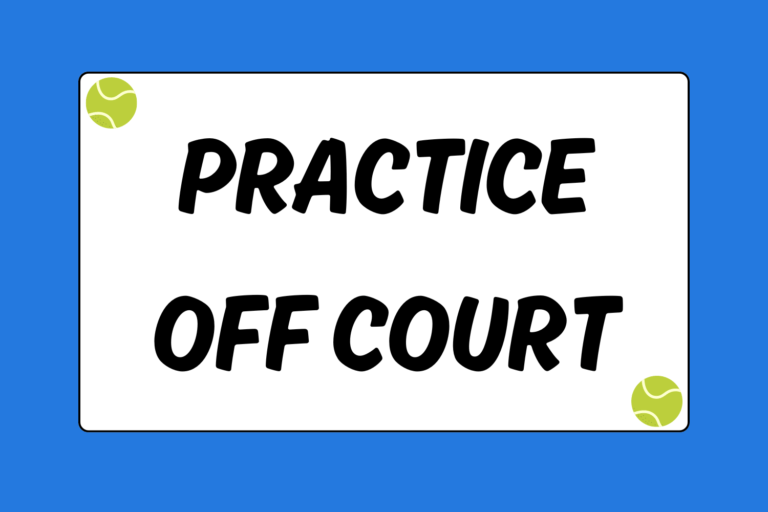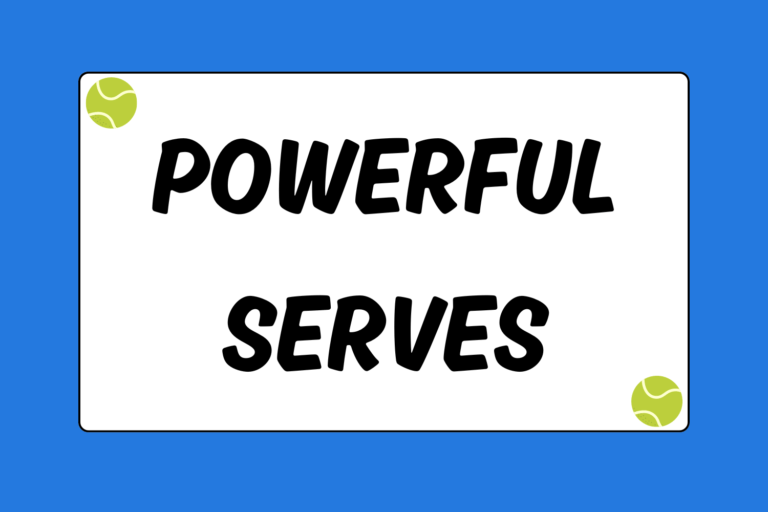If you’re on the prowl for a tennis instructor, then you know how hard it is to dwindle down the list of coaches and choose a lesson. You have to consider coaching style and experience, time of day, price, and — maybe most importantly — lesson type. Group lessons are perfect for beginners, and young players should benefit from the fun, semi-social, and competitive athletic environment. The rest of this guide explains what you should expect from a group lesson.
Beginners First
Group lessons give young players the opportunity to receive one-on-one coaching for the first time. Instructors offer brief pointers immediately after a shot, and they occasionally pull individuals aside to give them detailed instruction.
In addition, beginners benefit from watching the players around them, which can really improve their understanding of the basics (especially for young players who are “visual learners”). Some players — especially novices — learn faster by augmenting one-on-one advice with visual aid. For example, watching another player’s forehand groundstroke sail 10 feet long, and then hearing the coach explain why the swing broke down, can help a young player apply the correct swing mechanics to his stroke and avoid making the same mistakes.
To boot, parents of young players will welcome the affordable prices — most group lessons range somewhere between $15 to $50 per lesson, depending on the facility, coach(es), lesson length, and size of the group.
Lesson Format
Every group lesson varies based on the age group, lesson length, experience level, and coaching staff. However, the following sections should give you a good understanding of how the majority of group lessons play out. For the most part, lessons last for an hour or an hour and a half, and they include around 15 students. Most lessons are run by at least two coaches, but, again, this varies from facility to facility.
Warm-ups
To begin most group lessons, the players form a single-file line at the center of the baseline. The coach will toss a ball out wide to the deuce court, and the first player in line will chase it down and hit a groundstroke. The coach will then toss a ball into the ad court, and the second player in line will hit a groundstroke from the opposite wing.
The coach will continue alternating shots, making sure each player hits both forehands and backhands. The line should move quickly, so each player needs to be on their toes and ready to split step the second he steps up to the front of the line. The coach will likely mix up where he tosses the ball, so players don’t try to anticipate the shot before the ball even leaves his hand.
Mental Edge
Depending on the age group, some coaches begin lessons with basic stretching, running, and footwork drills. Coaches try to instill good warm-up habits from an early age, so lessons commonly start with a few exercises that will get your heart rate going.
Net Play
Once the players have warmed up their groundstrokes, the coach will likely move everyone in to the service box to work on volleys. Most beginners aren’t ready to work on approach shots quite yet, so they’ll start from the net. They’ll form two separate single-file lines — one in the ad service box, and one in the deuce service box.
The first players in line should begin near the center of their respective service box, while the other players in line stand farther back, a foot or two outside of the service box. The two coaches will line up directly across from each of the lines.
The player in the deuce court will hit a few forehand volleys, and the coaches will emphasize proper footwork and swing technique. On a righty’s forehand side, for example, the student will be instructed to split step and then step forward with his left foot as he punches the ball with his racquet. He’ll then get back into the ready position and repeat these exact mechanics.
Once you hit two or three shots, you’ll move to the back of the line on the other side of the court. You’ll practice a few backhand volleys, and continue alternating until the drill ends.
Mental Edge
Some coaches place cones on the opposite side of the net, providing targets for the players. These cones are generally strategically placed to help teach players how to angle their shots. To sweeten the deal, some coaches dish out prizes to youngsters for hitting a target.
Playing Points
After warming up your baseline and net game, it’s time to play some points. Your coaches will choose from an assortment of drills and most likely divide the players onto different courts. There’s a wide array of drills to choose from, but most all of them will emphasize baseline play. In addition, you’ll likely alternate between playing doubles and singles.
Whichever drills your coach chooses, they’ll likely emphasize groundstrokes. On certain shots or drills, your coach might want players to move in to the net, but approach shots, volleys, and overheads aren’t normally the focal points for beginners. Instead, they’ll work on grinding out points from the baseline and trying to win consecutive points.
Drills will likely make up the majority of your lesson. You’ll need to take breaks to pick up the balls and hydrate, but at least half of your lesson will be dedicated to playing points.
Serving
No matter your age, skill level, or coach, you will work on serving. Beginners will absolutely benefit from one-on-one coaching during this exercise, as the instructor scrutinizes their swing technique. Generally, four players line up on the baseline to serve, and the coach will have a good opportunity to assess each player’s mechanics.
Since serving is arguably the most important skill in the game, this exercise should account for a good portion of your lesson. Just 20 minutes of serving will help players learn the basic technique, which should make them more comfortable to play actual matches.
Weigh Your Options
Group lessons are great for beginners, but there are some drawbacks you need to consider. To name a few, here are some examples:
- As the group size increases, the coaching staff cannot spend as much time with each player individually.
- Some drills may benefit certain players, while other students need to focus on other areas of their games.
- Refining one specific skill set is difficult because lessons generally emphasize overall abilities.
Nevertheless, younger players should benefit from a group lesson’s fun and competitive environment. They’re a great way to get children involved with tennis, make new friends, compete, and develop basic skills. That being said, you can make huge improvements in your game with group lessons. If you put in a lot of effort and approach your coaches on a regular basis, you’ll definitely notice your progress.





